Finding Treatment For A Loved One
Mental health disorders are common among adolescents, and the onset of mental illness typically occurs during this time. For loved ones, adolescent mental illness can be challenging. Massachusetts Center for Adolescent Wellness is here to help your adolescent loved one find recovery from their mental health disorder.
MCAW helps treat various mental illnesses such as depression, various types of anxiety disorders, and mood disorders like bipolar disorder. Evidence-based therapy, holistic therapies, and family therapy can be utilized to help with support for adolescents and their families. Family support and therapy are vital to the recovery of the adolescent.
Individualized Care
MCAW is an all-inclusive outpatient treatment program for adolescents aged 13 to 17. We recognize that each adolescent will benefit from a customized treatment plan based on diagnosis and individual needs. Evidence-based therapy, holistic therapy, and medication management can be utilized on an as-needed basis.
Day Treatment
To qualify for treatment at MCAW, these criteria must be met:
- Between 13 and 17 years old
- Diagnosed as having a mental health disorder
- Ability to participate in programming and services
- Free of major medical conditions
- Clinical and educational records may be beneficial
- Initiating and participating in social interaction
After-School Outpatient Program
Our After-School Outpatient Program, also called Intensive Outpatient Program (IOP), is a step down from our day treatment program. At this level of care, our adolescent patients will be required to attend treatment a few times a week for a couple of hours. This programming option requires 3 hours, 3 days per week. However, patients will be expected to actively participate in group therapy, individual therapy, family counseling, education groups, and treatment programming.
During this treatment program, adolescents are becoming more comfortable with living life in recovery. Patients will still have the support they need. However, they will have more responsibility and flexibility to carry out the responsibilities of their recovery on their own.
In addition, we include family counseling and educational groups to help address some of our patient’s concerns. This programming option requires the most time commitment and is an intensive schedule for treatment. Day treatment is the highest level of care we offer at MCAW.


